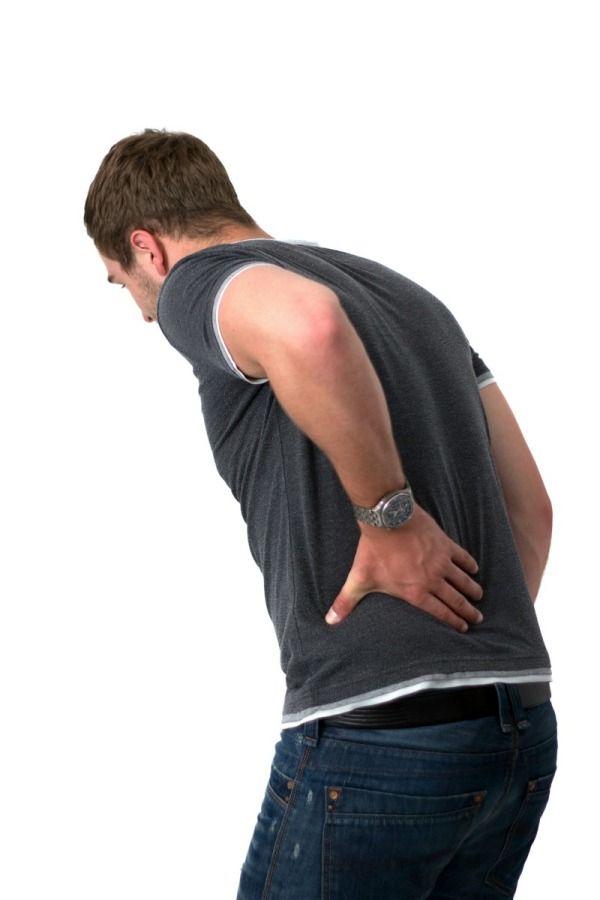Pain management is one of the most important parts of sports medicine for making sure players are healthy and performing at their best. Athletes often push their bodies to their limits, putting themselves through injuries, long-term conditions, and repeated stress that can be very painful. Taking care of pain effectively not only speeds up healing, but it also makes it safe for athletes to start training and competing again. This piece goes into detail about the different ways that pain can be managed in sports medicine. It includes both old and new methods that are meant to improve athletes’ quality of life and performance.
How to Understand Pain in Sports Medicine:
In sports medicine, pain is a complicated thing that is affected by many things, such as mental, physical, and external factors. It can show up as sudden accidents like fractures, sprains, or strains, or it can be long-lasting pain from overuse, repetitive motion, or underlying conditions like osteoarthritis or tendinopathy. In addition, the mental effects of pain, like fear of re-injury or performance anxiety, can make athletes feel even worse and slow down their healing.
Approach from Multiple Disciplines:
Pain treatment in sports medicine needs to be done by doctors, physical therapists, athletic trainers, psychologists, and nutritionists working together. There are many important parts of pain management that are done by different people on the healthcare team. These include evaluation, treatment, rehabilitation, and pain prevention. This all-around method increases the chances of success and long-term athletic success by getting everyone to work together and tailoring interventions to each athlete’s needs.
Traditional ways to deal with pain:
In sports medicine, traditional pain management techniques include a number of different methods that are meant to ease symptoms and speed up the mending process. Some of these are:
The R.I.C.E. protocol (Rest, Ice, Compression, and Elevation) is still the best way to treat injuries and reduce swelling.
Nonsteroidal anti-inflammatory drugs, or NSAIDs, are: Pain and inflammation medicines like ibuprofen and naproxen can help, but they should be used carefully to avoid side effects.
Physical therapy:
Specific exercises, hands-on treatment, and modalities like ultrasound or electrical stimulation can help with healing and nerve pain.
Bracing and Taping:
Orthotic devices and taping methods help injured muscles or joints by supporting them, keeping them stable, and relieving pain.
Even though these traditional methods work for many athletes, more and more people are realizing that we need alternative and complementary techniques to deal with pain in a more complete way and reduce our reliance on drugs.
Innovative Ways to Deal with Pain:
As sports medicine has improved, new pain management methods have been created that use technology, biologics, and mind-body techniques to help athletes heal faster and perform better. Here are some examples of these cutting-edge interventions:
Regenerative Therapies:
Platelet-rich plasma (PRP) injections, stem cell treatment, and prolotherapy all help tissues heal and grow back, making them possible alternatives to surgery for some musculoskeletal injuries.Neuromodulation: Methods like transcutaneous electrical nerve stimulation (TENS), spinal cord stimulation, and peripheral nerve blocks change pain messages, which makes the person feel better and makes recovery easier.
Biomechanical Interventions:
Orthobiologics, like viscosupplementation for osteoarthritis or autologous chondrocyte implantation for cartilage flaws, try to fix structural problems in the joint to improve function and reduce pain.
Mind-Body Practices:
Mindfulness meditation, biofeedback, and cognitive-behavioral treatment are some of the methods that help athletes control how much pain they feel, lower their stress, and build their resilience. These methods support a more complete approach to managing pain.
Protecting against injuries and personalized care:
Personalized care, in which interventions are made to fit the specific needs, goals, and preferences of each athlete, is at the heart of successful pain management in sports medicine. This personalized method not only makes treatment work better, but it also gives athletes the tools they need to be involved in their own recovery and long-term health.
Also, focusing on avoiding injuries is a key part of reducing pain and improving athletic ability. Professionals in sports medicine can find risk factors, fix imbalances, and come up with ways to lower the chance of getting hurt by doing thorough screenings, biomechanical analyses, and focused conditioning programs.
Problems and Things to Think About:
Even though improvements in pain management have changed sports medicine, there are still problems to be solved before players can get the best results. Some of these are:
Finding the Best Balance Between Pain Relief and Performance:
Finding the best balance between pain relief and athletic performance is still hard. You have to think carefully about the different types of treatment and how they might affect your ability to function and how long it will take to heal.
Ethical and Regulatory Issues: Using certain painkillers or performance-enhancing drugs raises ethical issues and requires strict regulatory rules to protect athletes’ health and honesty.
Long-Term Effects and Sustainability:
Some interventions can help with pain in the short term, but more study and monitoring is needed to see how well they work in the long term and how long they last to improve athletes’ overall health and longevity.
In conclusion:
In conclusion, pain management is an important part of sports medicine that helps athletes perform better, recover faster, and stay healthy in the long run. Professionals in sports medicine can treat pain in a wide range of ways by using both old and new methods. This gives players the tools they need to deal with problems, reach their full potential, and do well on and off the field. The field of sports medicine keeps changing by focusing on personalized care, preventing injuries, and ethical issues. These changes lead to improvements that help players of all levels and types.







